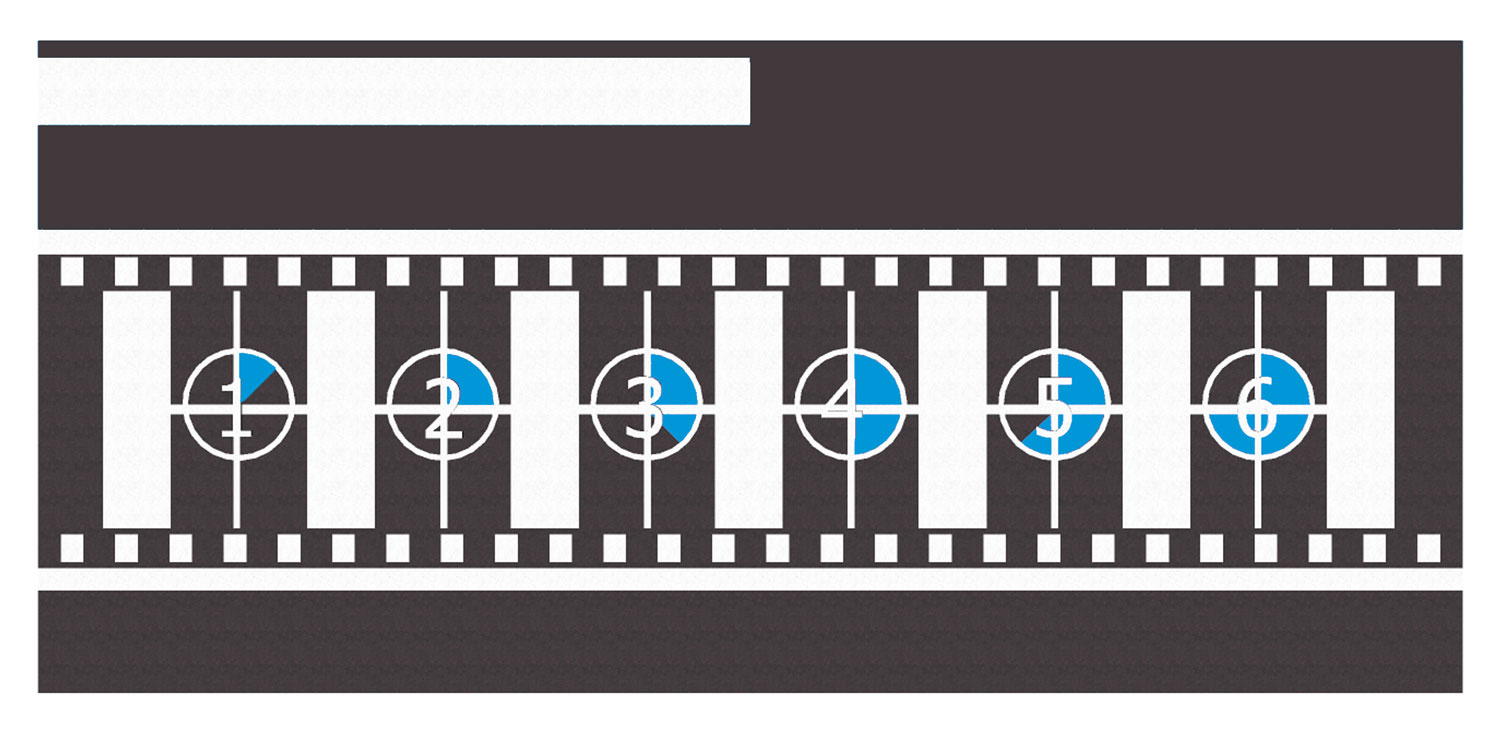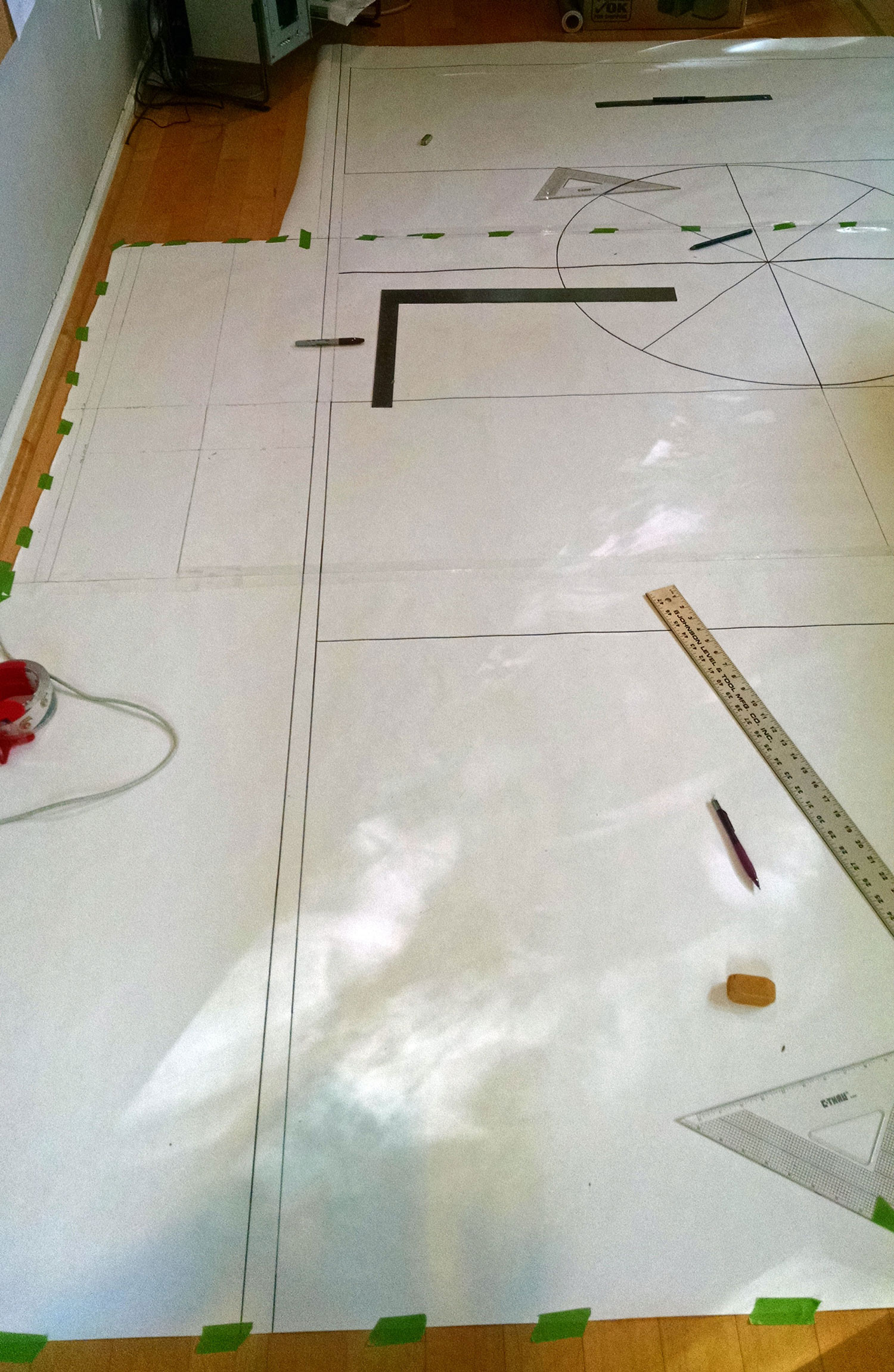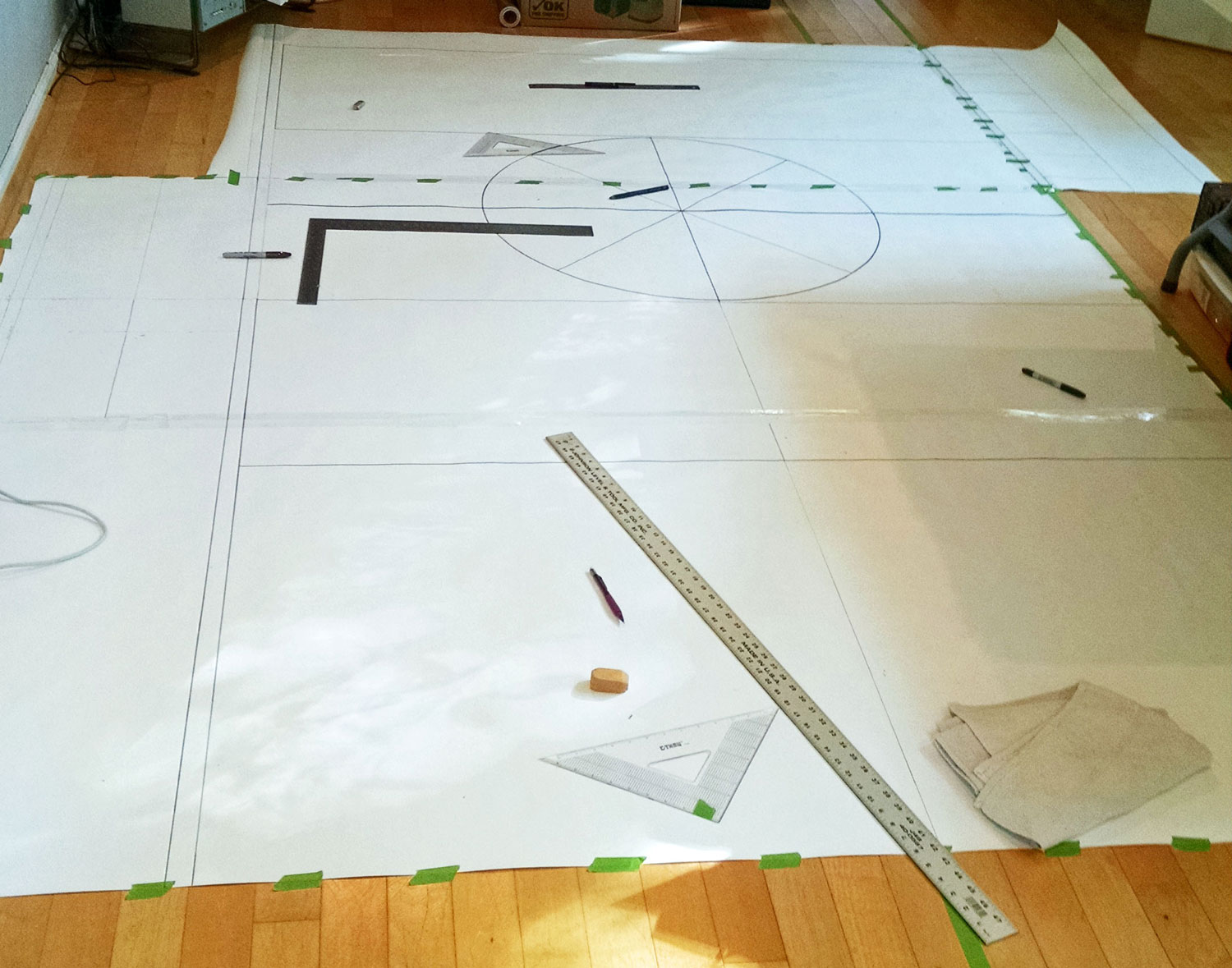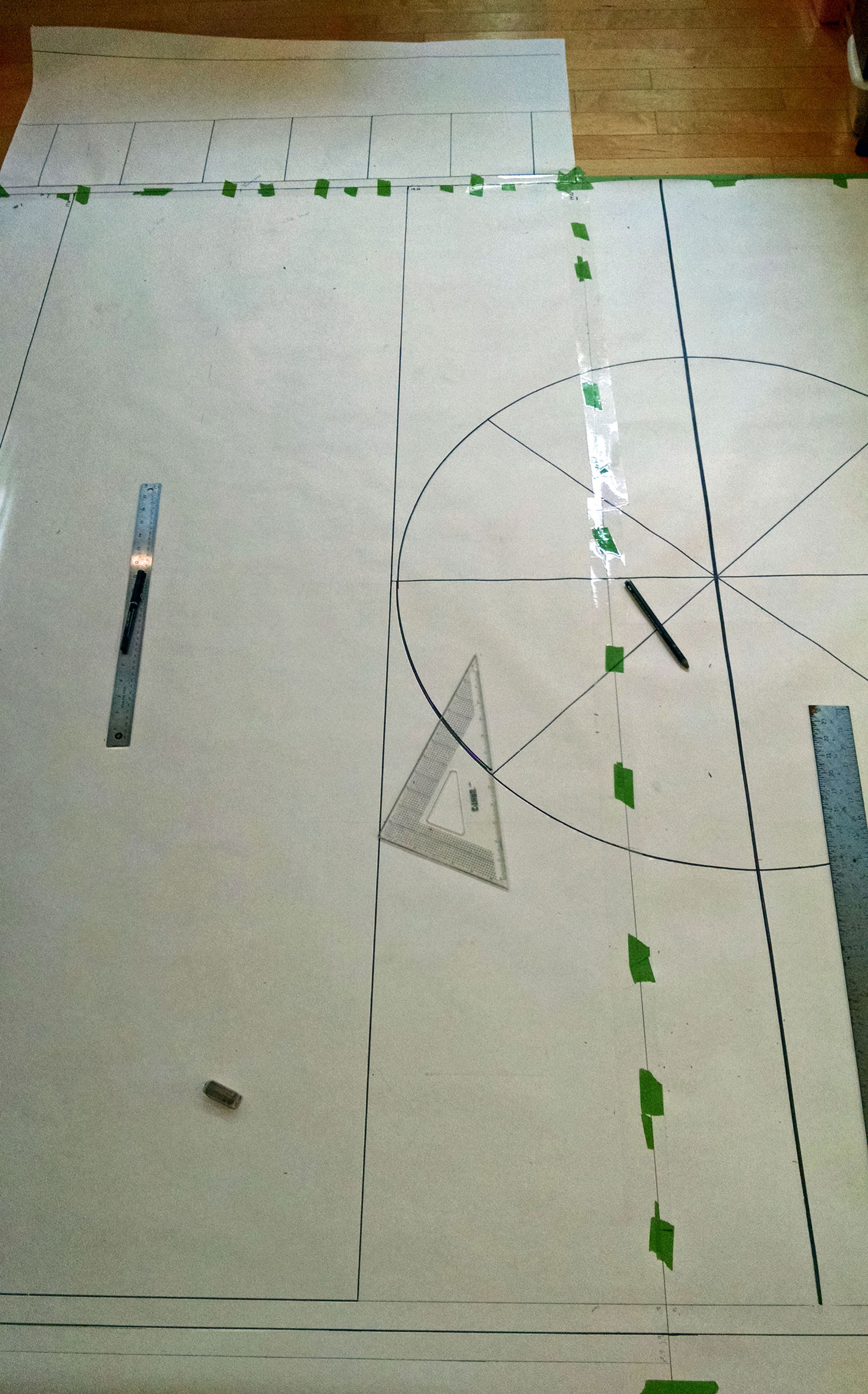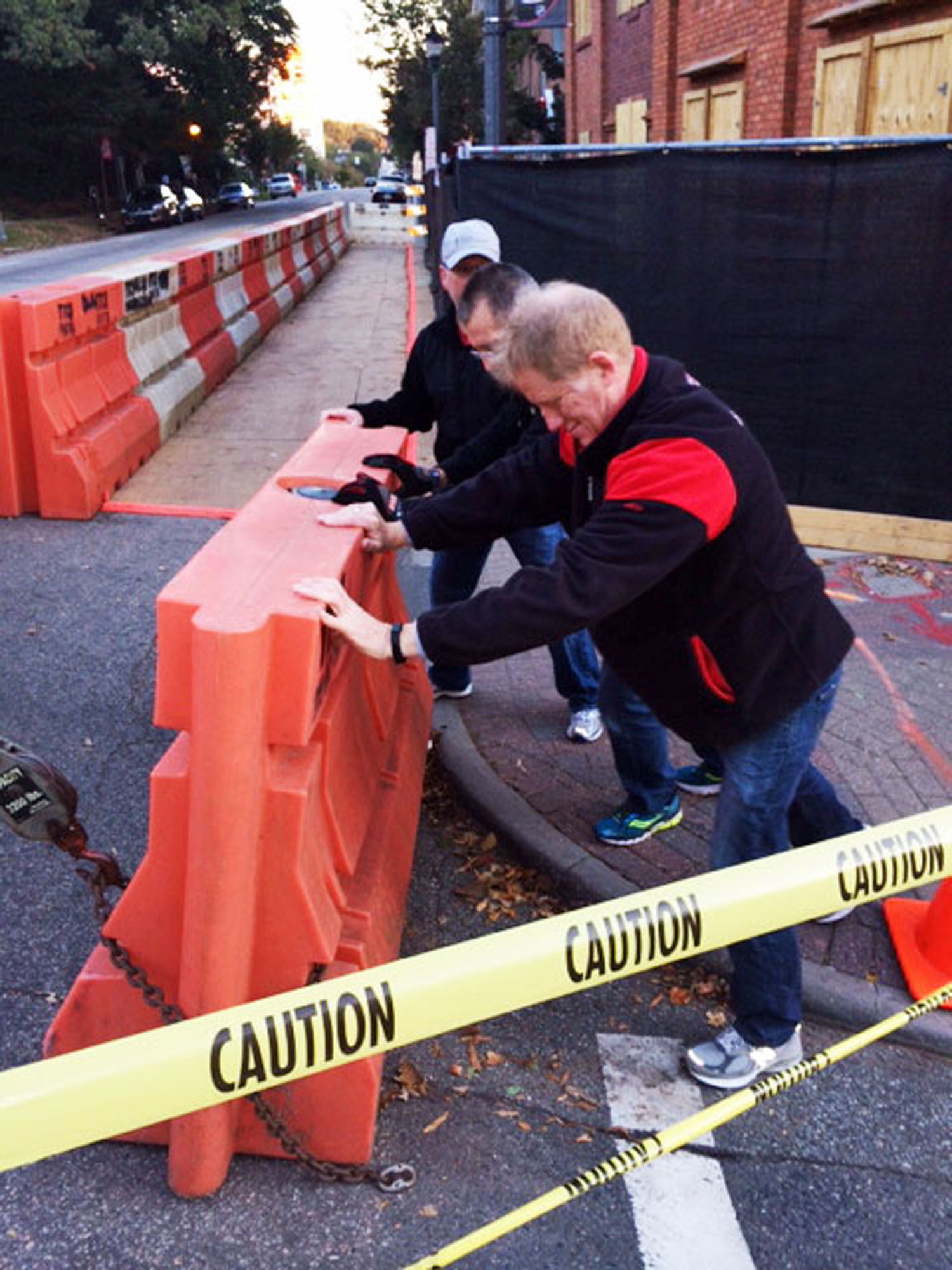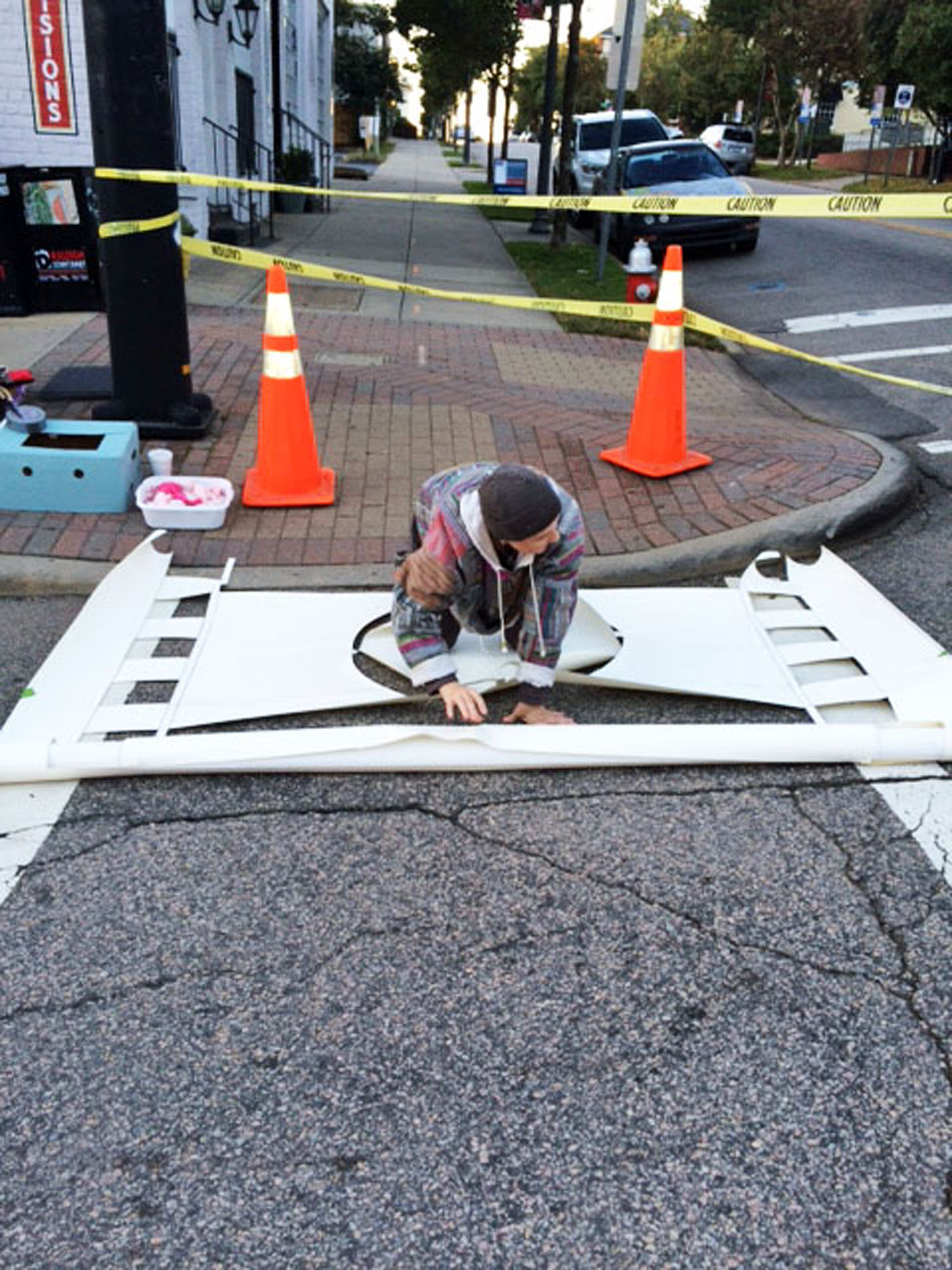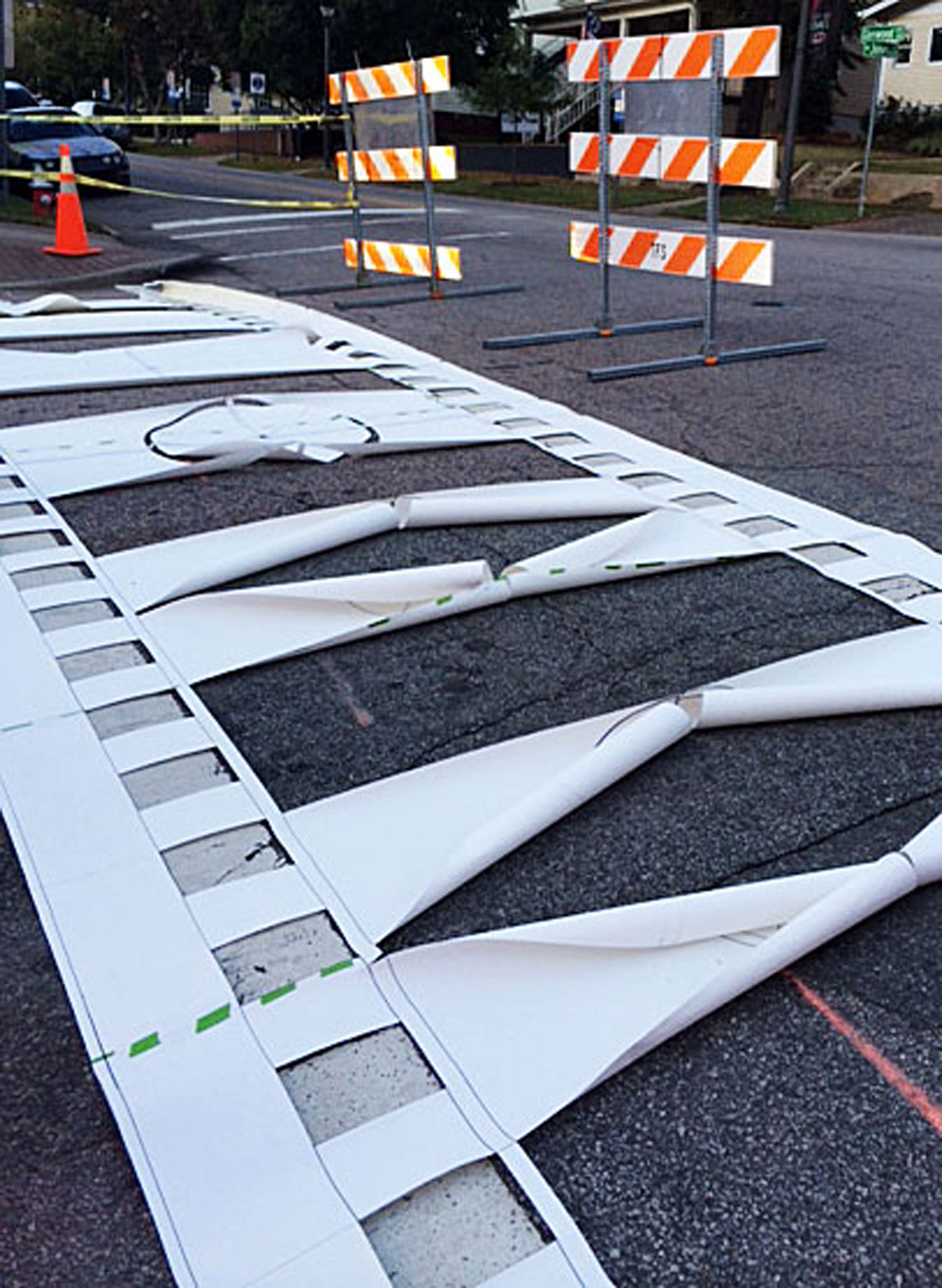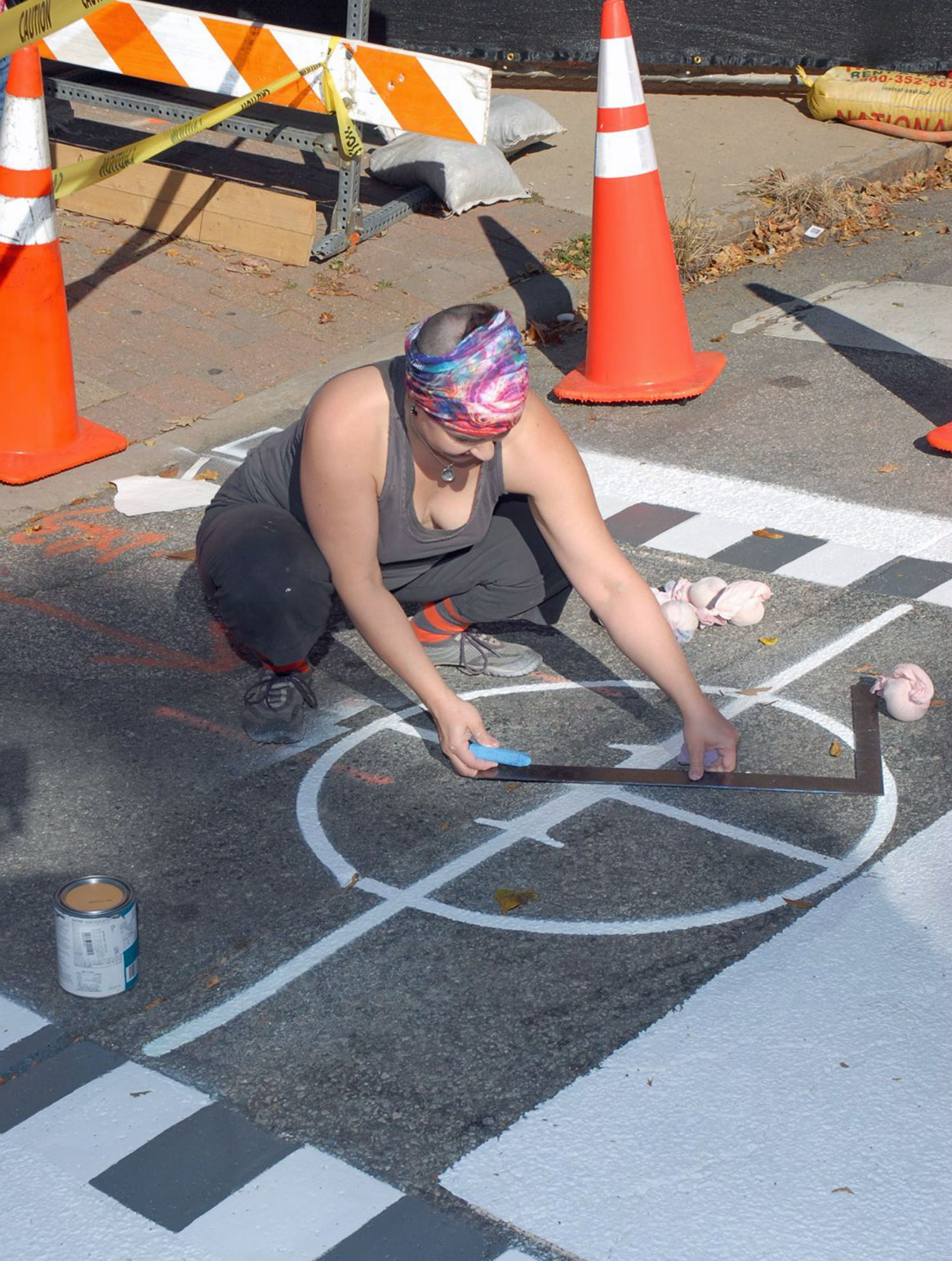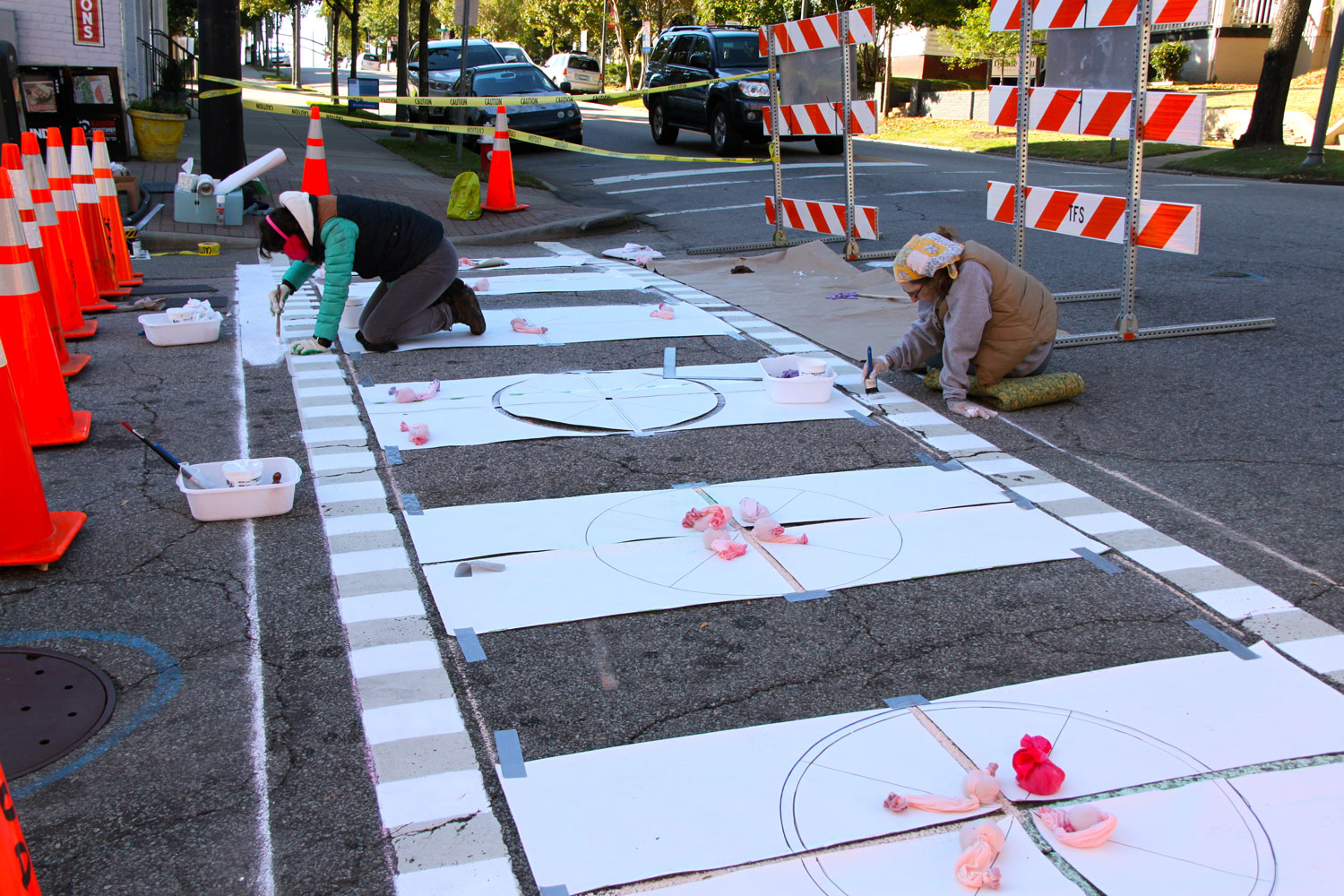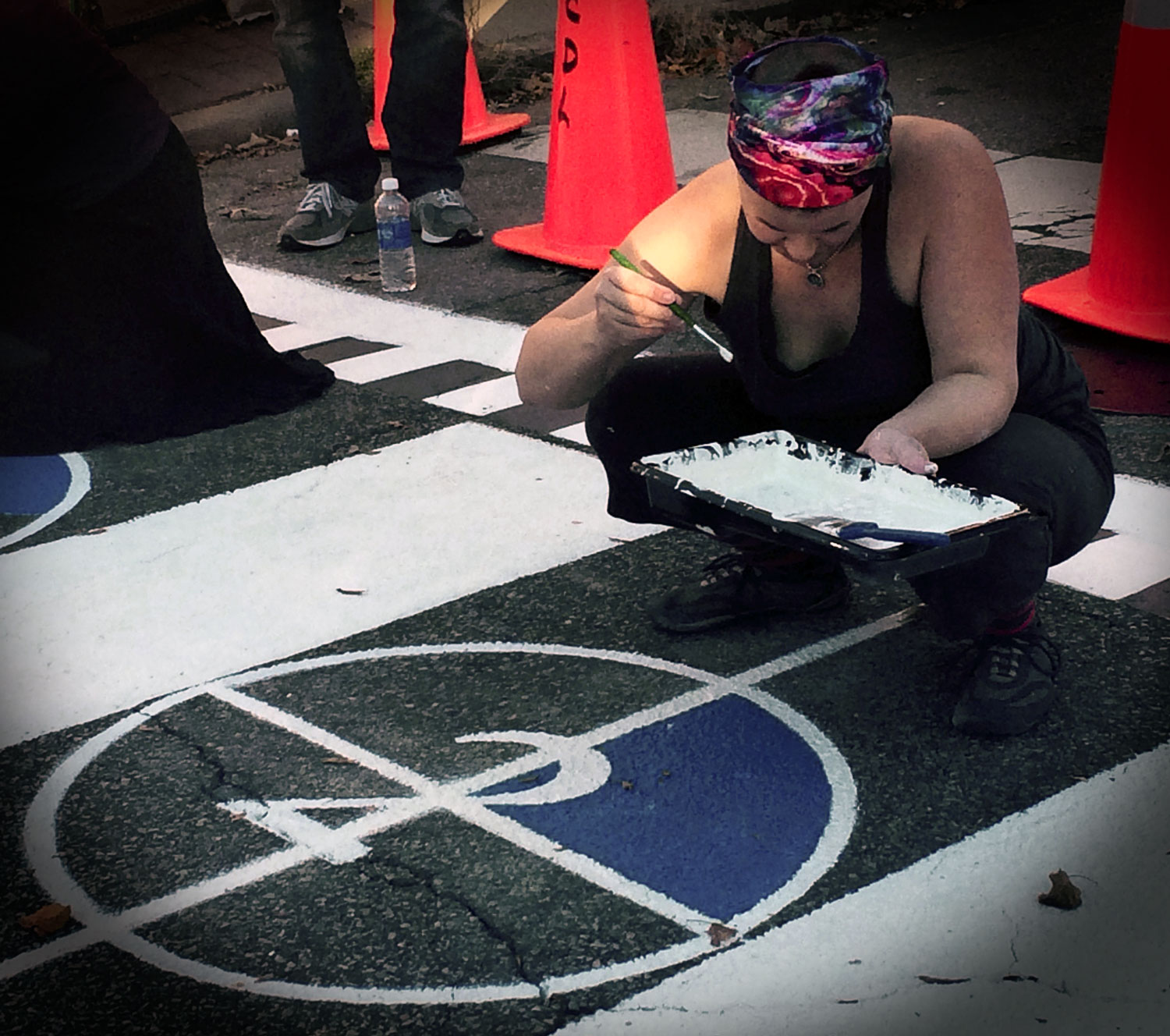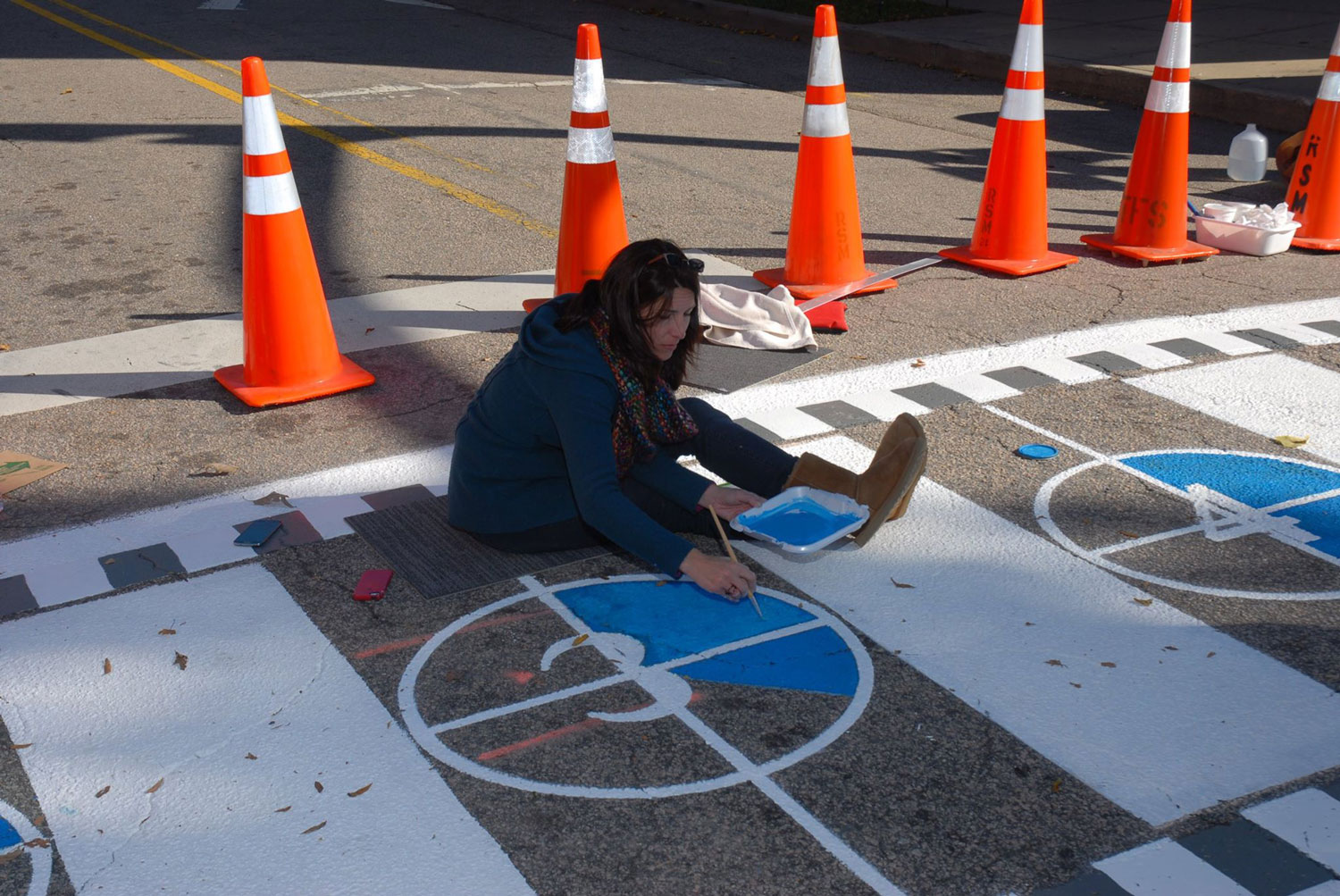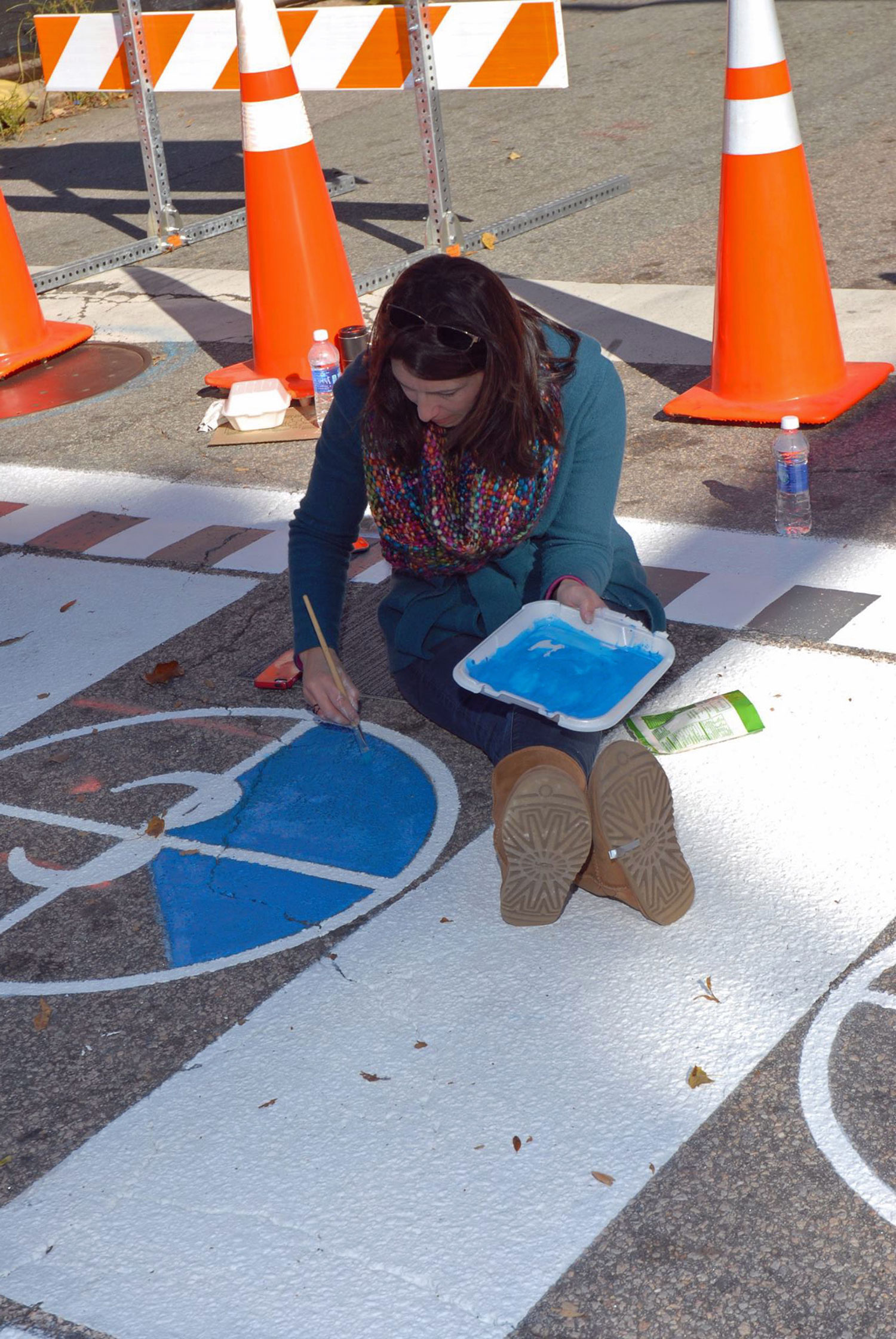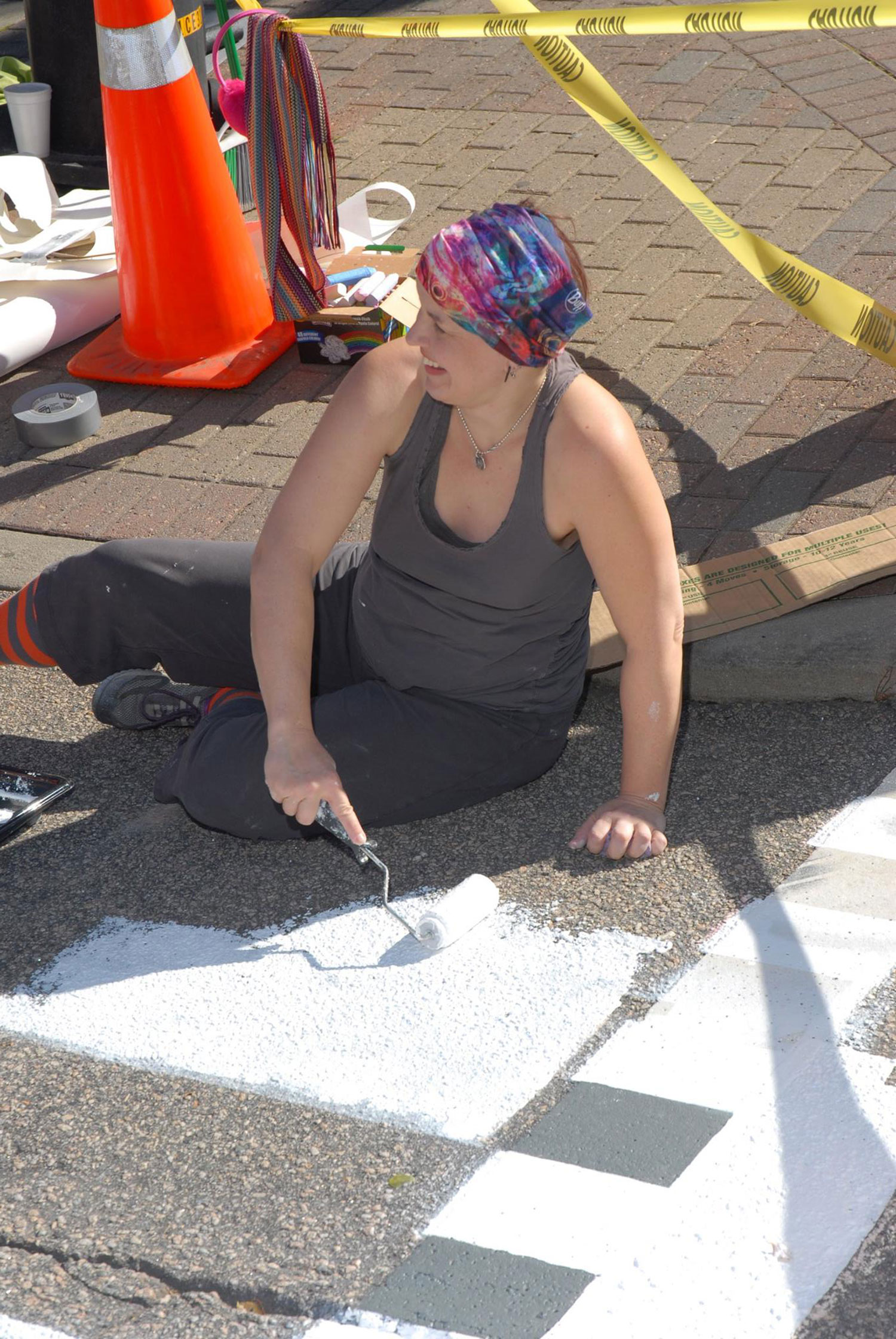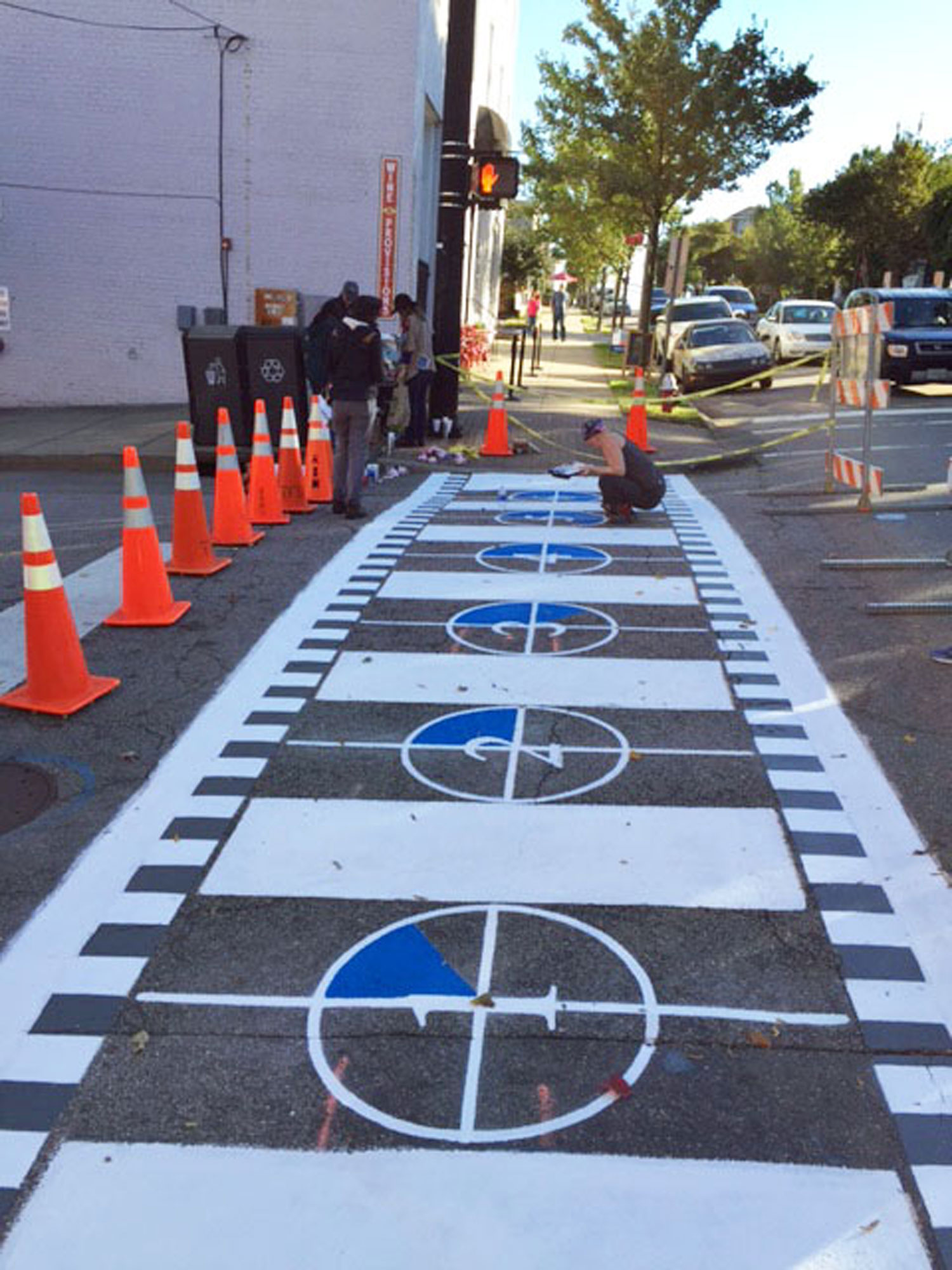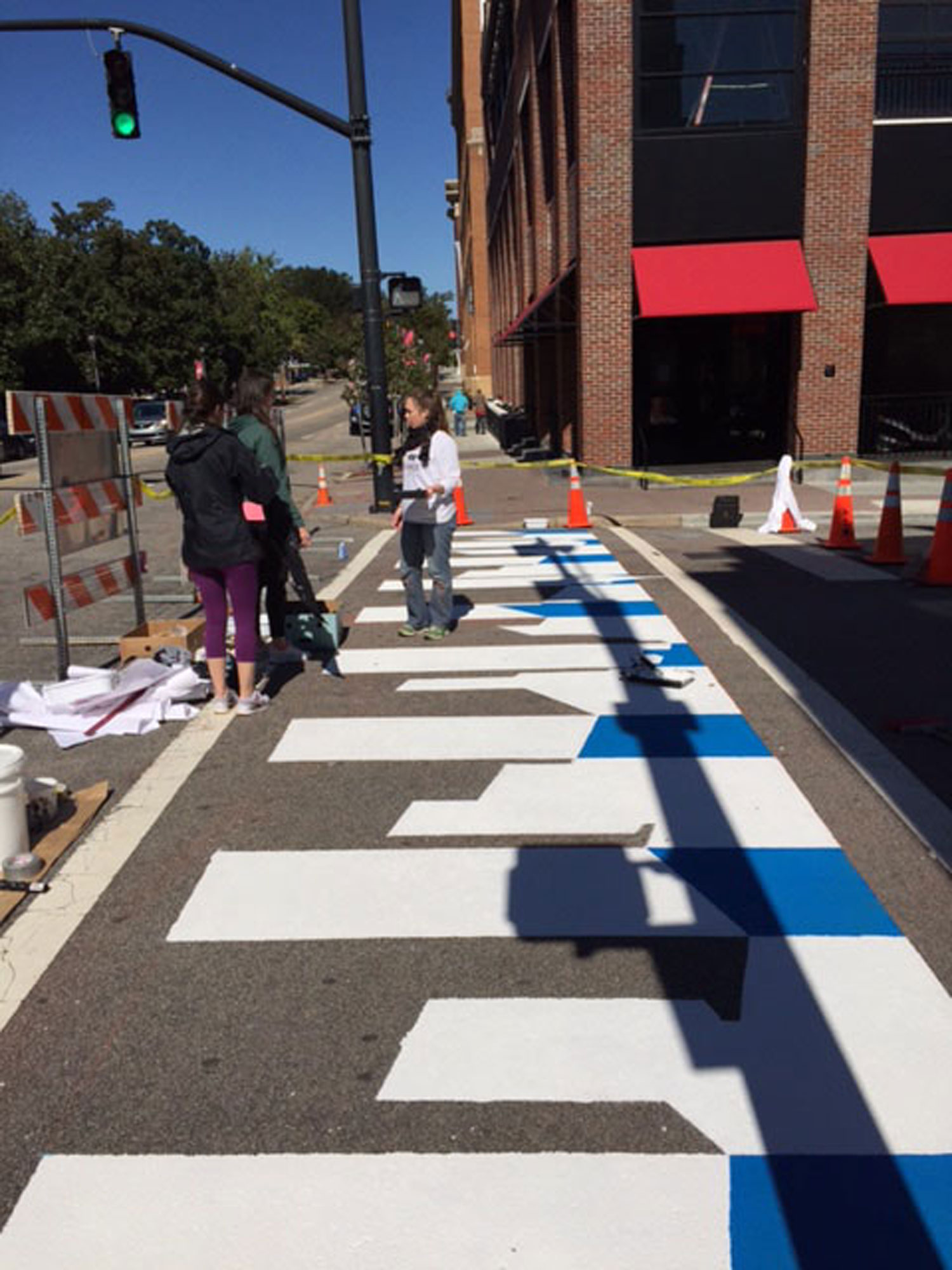Sherlock Holmes: "You See But You Do Not Observe"
What is the best part of being an artist? Looking for the beauty in your environment on a daily basis changes your perception of the world around you. Observing, instead of merely seeing enhances your experience of even a simple walk around the neighborhood.
Let's start with something easy. Flowers are easily appreciated. Pay attention to their shape, color, textures, and fragrance.
Pay attention to all the different types of bark on the trees. The colors and textures are more obvious in some barks.
Look at trees from different perspectives.
Leaves can be touched, held up to the light, and observed at close distances.
Make note of the contrast of the organic leaves to the manmade asphalt.
Move around the leaves you are inspecting. Change your viewpoint by squatting down. Pay attention to how rain effects your view.
Much of the Pacific Northwest is covered with a carpet of various types of moss and lichen. Pay close attention to the variations in texture and color.
Vines produce wonderful organic patterns on buildings.
Rocks and stones vary based on location, lighting, weathering and moisture.
Pay closer attention to insects and animals.
Look at the pattern and iridescence in a dragonfly's wings.
Chickens, birds, and other animals have amazing patterns in their feathers and coats.
Some angles cause distortion or foreshortening.
Now, try to find the beauty in what is normally considered ugly or plain.
Look for interesting patterns
Look at shapes and lines
An endless number of color combinations can be found in rusted metals
Look for geometric shapes
Note the repetition that creates patterns
Explore the city for different patterns on the sidewalks and roads.
Be up close and personal with concrete to see the rocks that are in the mix.
Sidewalk repairs made with different materials easily catch your attention.
Some patterns are more obvious during or after rain.
Some patterns are more obvious during or after rain
Even wet trash on the sidewalk can make an interesting composition.
Light poles weather, age, and change in texture from environmental influences.
Light poles weather, age, and change in texture from environmental influences.
Oil and water may not mix, but they do make lovely colors and patterns on the road.
Sometimes dappled sunlight, shadows, and reflections are more interesting than what is creating them.
The absence of color noise can sometimes illuminate the lines of a subject.
Cross-sections of objects create a unique perspective.
Looking through color filters, camera lenses, binoculars, etc. sometimes help eliminate backgrounds that might be distracting. My oddest technique is squinting. Look at the aerial view of this intersection.
Borrow someone's glasses, close one eye, or squint. These techniques can trick your eye into seeing shapes instead of identifying the object. An abstract composition emerges when quickly blurring this aerial view. You stop identifying what you see as an intersection and instead see color blocks or shapes.
Grab a sketchbook or camera and take a walk. See how many interesting images you see using these techniques and thoughts. I imagine that within a mile from your house you can document numerous items that you observe instead of simply seeing.



























































